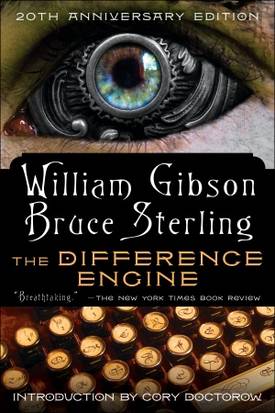 Into the Comet by Arthur C. Clarke is one of the writer’s many short story looks at futuristic problems where the solutions may come from the most basic of means. First published in the October 1960 issue of Fantasy and Science Fiction, the adaption reviewed here is from the 1978 Puffin anthology previously referenced at Amazing Stories titled “The Worlds of Arthur C. Clarke – Of Time and Stars.”
Into the Comet by Arthur C. Clarke is one of the writer’s many short story looks at futuristic problems where the solutions may come from the most basic of means. First published in the October 1960 issue of Fantasy and Science Fiction, the adaption reviewed here is from the 1978 Puffin anthology previously referenced at Amazing Stories titled “The Worlds of Arthur C. Clarke – Of Time and Stars.”
Not to be confused with the short story “Off on a Comet” by Jules Verne (which happened to appear in the first issues of Amazing Stories back in 1926), Clarke’s story is more about life, death and science within a comet rather than Verne’s perspective of an unexplained phenomenon caused by a comet. If you haven’t checked them out, you should. Both are strong examples from these writers with differing styles.
Reporter George Pickett is given the chance of a lifetime. Randall’s Comet (discovered by teenager Jimmy Randall using a homemade telescope) is traveling near enough to Earth for researches to launch the manned craft Challenger with the hopes of getting a closer look. Even though he is burdened with additional clerical duties of recording the ships stores of supplies because the weight of a mere reporter does not justify his participation in the mission, George is thrilled to be part of the crew.
The Challenger relies on a state of the art computer system for navigation. But when it begins to show signs of malfunctioning to the point it can’t even perform rudimentary calculations of addition and subtraction, the crew begins to panic. Then when the spaceship loses all communication with Earth in the electrical disturbance whipped up by the comet’s tail, returning home seems like an impossibility. The complex numbers necessary to navigate back home are just too daunting to be performed by pencil and paper.
This is where our hero turns into MacGuyver. George rummages the ship’s supplies and finds some wire and wood to construct a crude model of an abacus. Admittedly slower than the computer, the simple devise still proves to be much faster than writing the problems down. With renewed hope, they begin to build more of them. Finally, after practicing day and night until they master the primitive devices, the crew works together to get within a reasonable orbit of Earth.
Okay, there are a few holes in this story. Like, if the weight of the crew is so important, how did George come up with spare parts from storage? It’s also hard to believe that a crew with the capability of catching up to a comet in space did not plan/calculate an escape or return route.

None the less, the story does provide a never give up attitude with a clear perspective of man’s limitations and the blind curiosity that often overshadows those limitations. Even though the characters are all straight out the archetypical space explorers of 50’s pulp classic science fiction, the simplicity of the solution makes this story stand out from most other space adventures.
The short story Into the Comet by Arthur C. Clarke may not have your typical high impact conclusion, but it does show the practical side of the author’s view of technology in science fiction. Even in space it doesn’t have to be all lasers and aliens. With good writing, just wire and a few pieces of wood can still make for some good science fiction.










